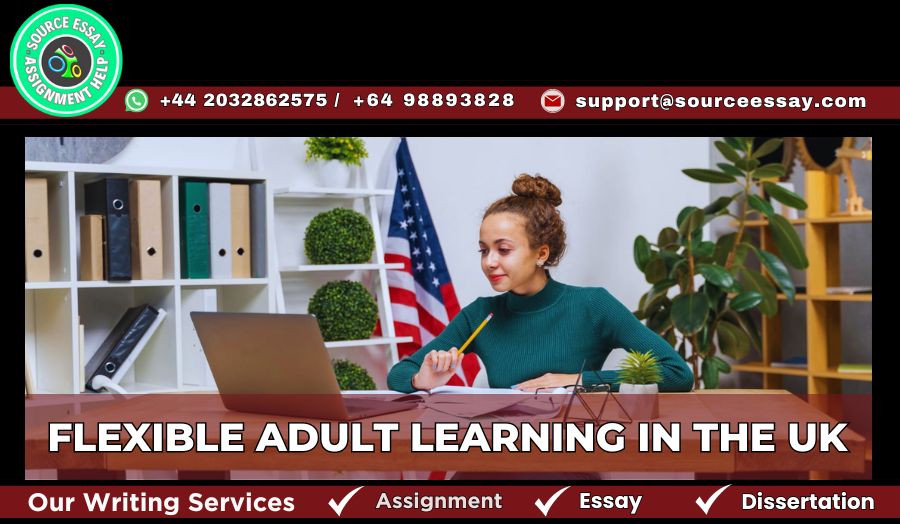Swift transition in digital space
When we talk about the swift transition in digital and environmental sustainability and economy, the process is called the twin transition. It recaps how our society used to work and assignment help Manchester and where it is heading, focusing on promises, innovation, productivity, and jobs. However, we have some concerns related to market disruption and the labor market as technologies take over.
Digitally aware
This is a technology description which is potentially really good, although it can be risky for certain sectors, certain regions, population groups, and it can widen the divide which we already have between digitally aware and non-digitally aware people. We need to focus on improving ourselves.
Faster development of Technology
What can we do to sustain ourselves in a -changing Society? First of all, assignment help Sheffield and adult learners is-related learning which is for some people who are already part of the working workforce and they have education and training which made them join and become part of a sector. However, due to faster development of Technology and the changing society, they have to learn certain things to remain relevant.
Adult learning more flexible
Making adult learning more flexible and making sure that adult people can learn according to their needs, capacity, and the demands of the labor market. We need to make structural shifts in order to provide them proper guidance and paths.
Huge range of gaps
We are seeing that there is a huge range of gaps when it comes to adult learning participation, and this gap is key: persistence. This gap can be seen among low-skilled and high-skilled adults because those people who fall under the category of no-skill adults have a higher risk of losing their job or experiencing job displacement due to automation, digitization, and the green transition.
A survey conducted by the European labor force highlighted that 22% of low-skilled adults are not able to participate due to lack of time, as they are unable to improve or participate in adult learning phase.
Formal learning
Mainly there are three types of adult learning or adult education we are discussing, first of all, is formal learning which is an affiliated education and can also involve Training. It happens intentionally and it takes place in institution-based learning where you have to spend some minimum duration such as one semester or more. in a properly designed education-based environment which can be accepted by the relevant authorities.
There are a few examples of such vocational qualifications, assignment help Luton and if some individuals or adults do not have a bachelor’s degree, they can pursue bachelor’s degree studies. It comes under formal learning.
Non-formal learning
There is another type which is called non-formal learning. It can also include training and falls under the category of unaccredited learning. It is intentional and can be based on institutionalized learning, but it is short-term (less than one semester). It can also be recognized by authorities or not recognized by authorities. For example, if you are taking some workshops or learning.
Informal learning,
Last is informal learning, which is unintentional and non-institutionalized learning. It is not structured and is relatively diverse from formal and non-formal learning. It can take place anywhere; you do not need to go to a certain place to learn. For example, learning on-the-job training by doing, or seeking help from your colleagues, falls under informal learning.
Time flexibility
How can we make this adult learning more flexible? One of the key factors that always comes up is time. So, we have to be preoccupied with time flexibility when it comes to adult learning. Adults have multiple responsibilities, from personal commitments to family and work. Making significant time for learning can be extremely arduous for them, and for that, flexible timing is certainly important for adults.
Asynchronous learning
Focusing on asynchronous learning is crucial for adult learning to make it more flexible. Adults can have their learning at their own pace and convenience, and they can engage with the course whenever they have time, including evenings or any other time.
Designing a course for adult learners who do not have constraints of timing to complete or pressure to complete exams will allow them to work on a skill or a degree with their fluctuating schedule and their commitment.
Geographical barrier
One of the primary things we have to discuss now is the geographical barrier that a student or adult learner can face while pursuing their education. As they are already working, others do not have that much flexibility on their hands, and they cannot go to any location to complete their courses. They cannot take traditional classes in a manner that allows them to do it without having to worry about geography.
Traditional methods meet modern approaches
One of the substantial things which we also mandate to emphasize is that the mode of learning for every individual or every adult is unique, and how they engage with the course varies. If we are talking about adult learners, not everyone is comfortable with online learning; some need other ways of learning, and some may prefer hard materials or hard copies of the study material.
Some can engage in intellectually interactive activities, thus we have to create a hybrid and blended learning environment where traditional methods meet modern approaches.

